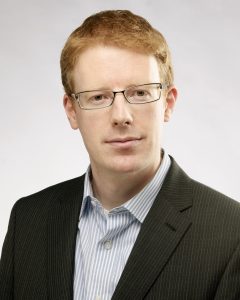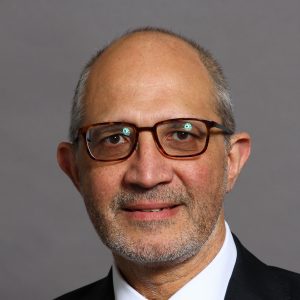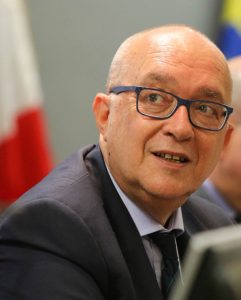
By Jonathan McNulty, EFRS President
Radiographers have long been involved in the European Congress of Radiology (ECR), and the European Federation of Radiographer Societies (EFRS) has had responsibility for developing the radiographers’ sessions since ECR 2012. However, it is only in recent years that the ECR has become the official scientific congress of the EFRS, and the European Society of Radiology (ESR), for medical imaging radiographers.
Over the past eight congresses, the radiographers’ programme has grown considerably, as has the participation of radiographers. A total of 2,177 radiographers and radiography students, from 75 countries, attended ECR 2018 and we look forward to welcoming even more to ECR 2019, which has now become one of the largest international gatherings of radiographers.

Dr. Jonathan McNulty is Associate Professor and Associate Dean of Graduate Studies at University College Dublin School of Medicine in Dublin, Ireland, and President of the European Federation of Radiographer Societies.
In 2018, a total of 22 refresher courses, professional challenges sessions, special focus sessions, joint sessions, Rising Stars sessions, MyT3 sessions, and scientific sessions made up the radiographers’ programme. For ECR 2019, this will rise to 28 sessions, which will truly offer something for everyone. A special word of thanks must go to Dr. Andrew England from the University of Salford, UK, and a member of the EFRS Educational Wing Management Team, and Dr. Maríanna Garðarsdóttir from Landspitali University Hospital, Iceland, who are the co-chairs of the 2019 radiographers’ scientific subcommittee, and to their team for an excellent educational and scientific programme. Aside from the above sessions, we also look forward to the radiographers’ Voice of EPOS sessions, the involvement of radiographers in a series of sessions at the Cube 2.0 (a special programme dedicated to interventional radiology), and the EFRS Educational Wing annual meeting and our student session.
At ECR 2019, Room C on the 2nd level will become the new venue for most of the sessions in the radiographers’ programme. The Radiographers’ Lounge has also been relocated to Foyer C (outside Room C). In this area, the EFRS and ESR will welcome 20 national radiographers’ societies, along with some educational institutions, who are members of the EFRS Educational Wing, who will all have booths in this area. The radiographers’ Voice of EPOS stage will also be located in the lounge area, as will a number of research studies, requiring your participation, which will take place in the EFRS Radiographers’ Research Hub (Room 2.96). The Radiographers’ Lounge will thus be a great meeting place and, together with the rest of the EFRS Executive Board, I look forward to meeting you in this area and seeing you at the radiographers’ sessions. Read more…








